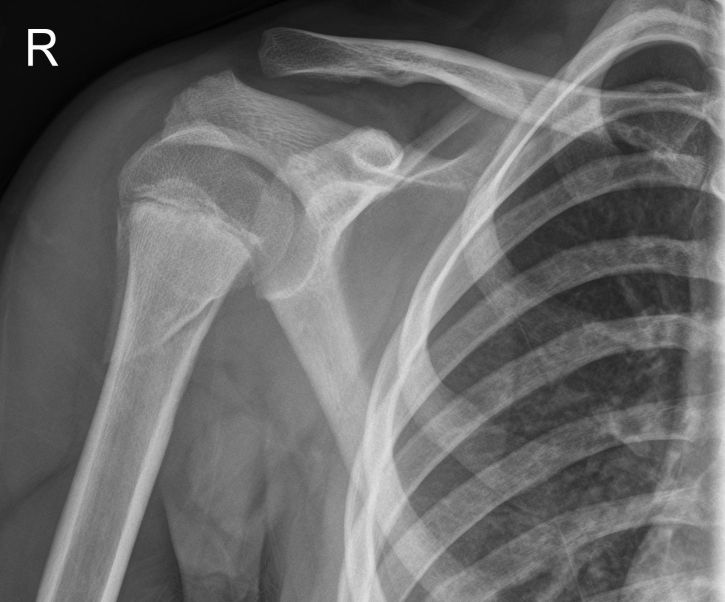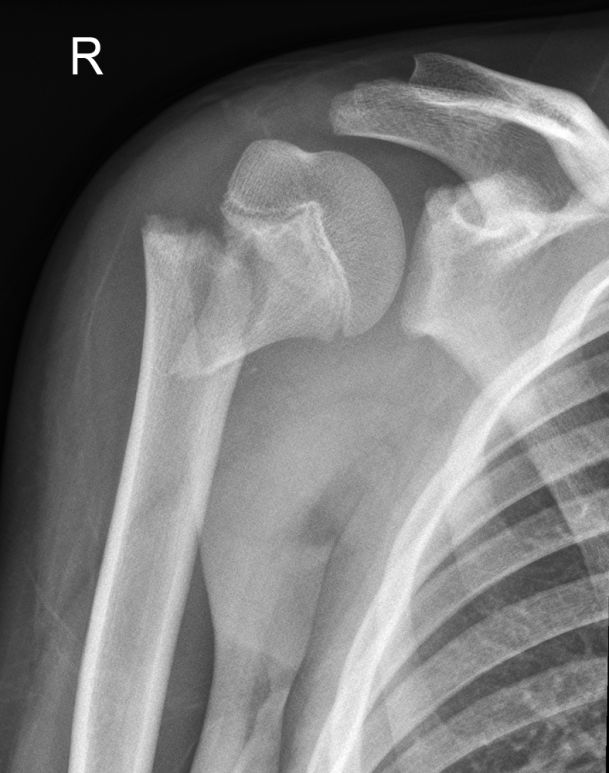Orthopaedic Clinic Radiography
Jump to navigation
Jump to search
Introduction
Case 1
Radiographers who are employed in larger hospials will see patients who are referred from outpatient consulting clinics. Usually, a large number of these patients will be referred from orthopaedic clinic for radiography of fractures diagnosed in the Emergency Department (and elsewhere). This tends to be repetitive work and the objectives of re-imaging these fractures and dislocations may not always be clear. This page considers all aspects of orthopaedic clinic radiography.
Case 1

